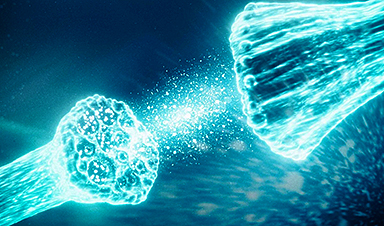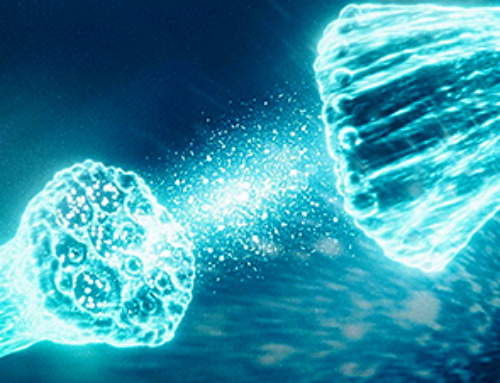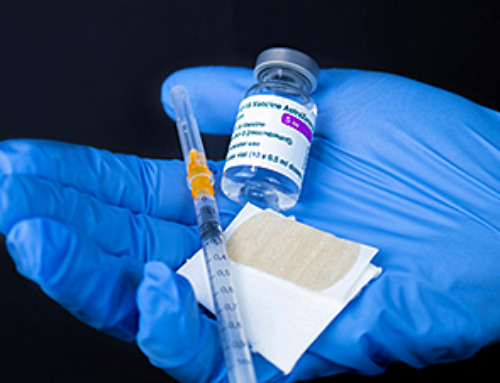A case of lead poisoning due to Ayurvedic medicine use demonstrates the importance of patient history in diagnosis and the need for public health collaboration to prevent similar risks.
An article in CMAJ (Canadian Medical Association Journal) highlights a case of lead toxicity from Ayurvedic medicines in a young woman, and the complexity in diagnosing the rare condition.
“Given that lead toxicity is uncommon and its presentation nonspecific, patients are often seen by many health care providers before the diagnosis is made,” writes Dr. Julian Gitelman, Dalla Lana School of Public Health, University of Toronto, with coauthors. “A careful exposure history is essential to suggest the diagnosis.”
Ayurvedic medicine, also known as Ayurveda, is one of the world’s oldest holistic healing systems. Originating in India over 3,000 years ago, it is based on the belief that health and wellness depend on a balance between the mind, body, and spirit. Ayurveda emphasizes the importance of maintaining this balance through diet, herbal treatments, meditation, yoga, and other lifestyle practices. Its approach to health is tailored to an individual’s unique constitution or “dosha,” aiming to treat the root cause of symptoms and promote long-term well-being.
Patient Case and Diagnosis
The patient, a 39-year-old woman, visited the emergency department 3 times in 6 weeks for abdominal pain, constipation, nausea and vomiting. On her third visit, she was admitted to the hospital for anemia and possible gastrointestinal bleeding. Numerous, invasive investigations failed to reveal a cause of her symptoms.
At a follow-up visit weeks later, she reported having taken Ayurvedic medicines daily for more than a year to treat infertility. Her blood lead level was high at 55 µg/dL, compared with a normal level of less than 2 µg/dL. The patient stopped taking the Ayurvedic treatments and began chelation therapy. Her blood lead level decreased and her symptoms resolved.
Public Health Response and Investigation
Once the diagnosis of lead toxicity was made, the medical team contacted Public Health Ontario (PHO), which tested 17 different pill samples provided by the patient. After testing revealed high levels of lead in most of the pills, PHO involved the local public health unit, Toronto Public Health, and Health Canada, as it regulates natural health products. A joint investigation of the Ayurvedic clinic resulted in the seizure of hundreds of pills due to noncompliance with the Natural Health Products Regulations. Both Health Canada and Toronto Public Health issued public advisories to warn people that the products from this specific business were health hazards.
The authors emphasize the importance of communication and collaboration between clinicians and public health to minimize the health risk of lead in consumer products. “A recent systematic review of case reports on lead poisoning found traditional or herbal medications to be a common cause.” the authors write. “Heavy metals are sometimes intentionally added for their perceived healing properties.”
“When consumer products may be contaminated with lead, or when lead exposure is linked to sources in the community, involving public health can facilitate broader actions to reduce and prevent exposures to other people at risk,” they conclude.
Reference: “Lead toxicity from Ayurvedic medicines” by Julian Gitelman, Howard An, Vincent Spilchuk and JinHee Kim, 8 August 2024, Canadian Medical Association Journal.
DOI: 10.1503/cmaj.230592
News
Scientists Unlock a New Way to Hear the Brain’s Hidden Language
Scientists can finally hear the brain’s quietest messages—unlocking the hidden code behind how neurons think, decide, and remember. Scientists have created a new protein that can capture the incoming chemical signals received by brain [...]
Does being infected or vaccinated first influence COVID-19 immunity?
A new study analyzing the immune response to COVID-19 in a Catalan cohort of health workers sheds light on an important question: does it matter whether a person was first infected or first vaccinated? [...]
We May Never Know if AI Is Conscious, Says Cambridge Philosopher
As claims about conscious AI grow louder, a Cambridge philosopher argues that we lack the evidence to know whether machines can truly be conscious, let alone morally significant. A philosopher at the University of [...]
AI Helped Scientists Stop a Virus With One Tiny Change
Using AI, researchers identified one tiny molecular interaction that viruses need to infect cells. Disrupting it stopped the virus before infection could begin. Washington State University scientists have uncovered a method to interfere with a key [...]
Deadly Hospital Fungus May Finally Have a Weakness
A deadly, drug-resistant hospital fungus may finally have a weakness—and scientists think they’ve found it. Researchers have identified a genetic process that could open the door to new treatments for a dangerous fungal infection [...]
Fever-Proof Bird Flu Variant Could Fuel the Next Pandemic
Bird flu viruses present a significant risk to humans because they can continue replicating at temperatures higher than a typical fever. Fever is one of the body’s main tools for slowing or stopping viral [...]
What could the future of nanoscience look like?
Society has a lot to thank for nanoscience. From improved health monitoring to reducing the size of electronics, scientists’ ability to delve deeper and better understand chemistry at the nanoscale has opened up numerous [...]
Scientists Melt Cancer’s Hidden “Power Hubs” and Stop Tumor Growth
Researchers discovered that in a rare kidney cancer, RNA builds droplet-like hubs that act as growth control centers inside tumor cells. By engineering a molecular switch to dissolve these hubs, they were able to halt cancer [...]
Platelet-inspired nanoparticles could improve treatment of inflammatory diseases
Scientists have developed platelet-inspired nanoparticles that deliver anti-inflammatory drugs directly to brain-computer interface implants, doubling their effectiveness. Scientists have found a way to improve the performance of brain-computer interface (BCI) electrodes by delivering anti-inflammatory drugs directly [...]
After 150 years, a new chapter in cancer therapy is finally beginning
For decades, researchers have been looking for ways to destroy cancer cells in a targeted manner without further weakening the body. But for many patients whose immune system is severely impaired by chemotherapy or radiation, [...]
Older chemical libraries show promise for fighting resistant strains of COVID-19 virus
SARS‑CoV‑2, the virus that causes COVID-19, continues to mutate, with some newer strains becoming less responsive to current antiviral treatments like Paxlovid. Now, University of California San Diego scientists and an international team of [...]
Lower doses of immunotherapy for skin cancer give better results, study suggests
According to a new study, lower doses of approved immunotherapy for malignant melanoma can give better results against tumors, while reducing side effects. This is reported by researchers at Karolinska Institutet in the Journal of the National [...]
Researchers highlight five pathways through which microplastics can harm the brain
Microplastics could be fueling neurodegenerative diseases like Alzheimer's and Parkinson's, with a new study highlighting five ways microplastics can trigger inflammation and damage in the brain. More than 57 million people live with dementia, [...]
Tiny Metal Nanodots Obliterate Cancer Cells While Largely Sparing Healthy Tissue
Scientists have developed tiny metal-oxide particles that push cancer cells past their stress limits while sparing healthy tissue. An international team led by RMIT University has developed tiny particles called nanodots, crafted from a metallic compound, [...]
Gold Nanoclusters Could Supercharge Quantum Computers
Researchers found that gold “super atoms” can behave like the atoms in top-tier quantum systems—only far easier to scale. These tiny clusters can be customized at the molecular level, offering a powerful, tunable foundation [...]
A single shot of HPV vaccine may be enough to fight cervical cancer, study finds
WASHINGTON -- A single HPV vaccination appears just as effective as two doses at preventing the viral infection that causes cervical cancer, researchers reported Wednesday. HPV, or human papillomavirus, is very common and spread [...]





















